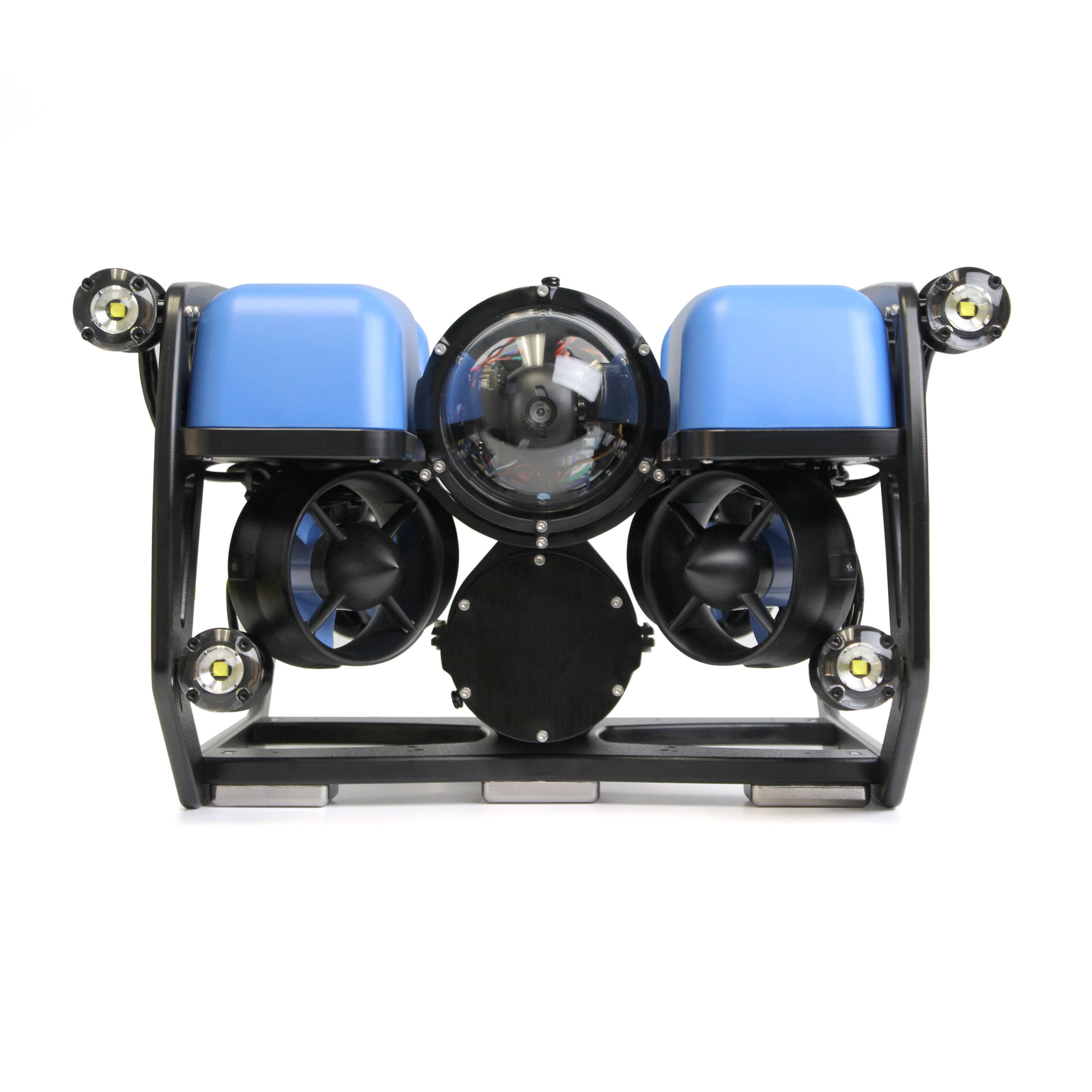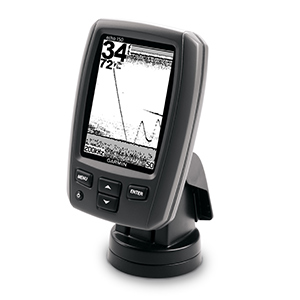2D fish finders provide a two-dimensional view of the underwater environment, while 3D fish finders offer a three-dimensional view. Fish finders are an essential tool for anglers, helping them locate and track fish beneath the surface.
2D fish finders use sonar technology to display a visual representation of the underwater landscape, including the fish, structures, and vegetation. They provide a flat representation, making it easier to determine the depth and location of the fish. On the other hand, 3D fish finders offer an advanced perspective by creating a three-dimensional image of the underwater world.
They provide a more realistic view, allowing anglers to better identify fish behaviors, such as their movement and orientation in relation to structures or bait. With 3D fish finders, anglers can gain a more in-depth understanding of their fishing environment, enabling them to make more informed decisions and improve their fishing success.
Understand The Basics Of Fish Finders
Fish finders are essential tools for anglers, allowing them to locate and track fish underwater. They use sonar technology to detect fish and other objects beneath the surface. These devices are available in two main types: 2D and 3D fish finders.
The 2D fish finder uses sonar beams to create a one-dimensional image of the underwater environment. On the other hand, the 3D fish finder provides a three-dimensional view, giving anglers a more detailed representation of what lies beneath. Fish finders benefit anglers by helping them identify the location and depth of fish, increasing their chances of a successful catch.
They also allow anglers to identify underwater structures, such as vegetation or rock formations, which can attract fish. Understanding the basics of fish finders, their functionality, and how they can benefit anglers is crucial for any fishing enthusiast.
The Difference Between 2D And 3D Fish Finders
Fish finders are an essential tool for anglers, helping them locate fish in various water bodies. The main difference lies in the display. 2D fish finders provide a two-dimensional representation of the underwater terrain and fish. They use sonar waves to create a detailed picture of what lies beneath.
On the other hand, 3D fish finders offer a three-dimensional view, providing a more realistic and accurate representation. With 3D technology, anglers can see the fish and underwater structures from different angles, enhancing their fishing experience. While 2D fish finders are more common and affordable, 3D fish finders offer a more advanced and detailed display.
Understanding the differences between these two options can help anglers choose the fish finder that suits their needs and improves their chances of a successful catch.
Comparing Features And Capabilities
Comparing the features and capabilities of 2D and 3D fish finders is essential for anglers. 2D fish finders utilize sonar technology to detect fish in various depths and ranges. With different display options, these devices provide real-time information to help anglers locate their prey more effectively.
On the other hand, 3D fish finders offer a more advanced experience with real-time imaging and multiple angle views. These devices use advanced mapping technology, allowing users to visualize the underwater world in unprecedented detail. Whether you prefer the simplicity of 2D fish finders or the enhanced imaging of 3D ones, understanding their key features can significantly improve your fishing experience.
So, choose wisely and embark on your next fishing adventure fully equipped with the right fish finder.
Pros And Cons Of 2D And 3D Fish Finders
Pros and cons of fish finders are important to consider before making a purchase. A 2D fish finder is cost-effective and user-friendly, making it a popular choice among anglers. It provides reliable depth measurements, ensuring accurate readings while fishing. On the other hand, a 3D fish finder offers enhanced visualization of the underwater world, allowing users to see a more detailed representation of the fish and their habitat.
It also improves accuracy in identifying different fish species. Additionally, a 3D fish finder provides precise navigation and mapping, making it easier to locate fishing spots and create accurate charts. Understanding the benefits of both types of fish finders will help anglers choose the option that suits their needs and preferences.
Factors To Consider When Choosing Between 2D And 3D Fish Finders
Factors to consider when choosing between 2D and 3D fish finders include the fishing environment and conditions. The type of water, such as freshwater or saltwater, can impact the effectiveness of each technology. Budget and cost also influence the decision-making process, as 3D fish finders tend to be more expensive.
Additionally, fishing goals and preferences play a crucial role in determining the best option. Some anglers prioritize detailed imaging and accurate depth readings, while others may prioritize portability and ease of use. It’s important to weigh these factors to ensure that the chosen fish finder aligns with individual needs and maximizes fishing success.
Best Practices For Using Fish Finders
Proper installation and calibration are essential for maximizing the effectiveness of your fish finder. Adjusting the settings allows you to optimize its performance and adapt to different fishing conditions. Take the time to understand the sonar data and learn how to interpret the fish symbols displayed on the screen.
This knowledge will help you identify the presence and location of fish, enabling you to make more informed decisions while fishing. By following best practices for using fish finders, you can increase your chances of finding and catching fish in both 2D and 3D views.
Gain confidence in using this valuable tool and enhance your fishing experience with accurate and reliable fish finder technology.

Credit: majorleaguefishing.com
Frequently Asked Questions Of 2D Vs 3D Fish Finder
What Are The Key Differences Between 2D And 3D Fish Finders?
2D fish finders use sonar to provide a two-dimensional image of the underwater structure and fish location. On the other hand, 3D fish finders use advanced imaging techniques to create a three-dimensional view, showing detailed underwater terrain and fish movement patterns.
Is A 3D Fish Finder Worth The Investment?
Yes, a 3D fish finder is worth the investment if you want to have a more comprehensive view of the underwater environment. It allows you to observe fish behavior, track their movement, and identify hidden underwater structures. This can significantly enhance your fishing experience and increase your chances of success.
Are 2D Fish Finders Still Useful?
Absolutely! 2D fish finders are still valuable tools for most anglers. They provide real-time information on fish location, depth, and water temperature, allowing you to make informed decisions on where and how to fish. While they may not offer the same depth of detail as 3D fish finders, they are reliable and cost-effective options for many fishing enthusiasts.
Which Type Of Fish Finder Is Better For Beginners?
For beginners, a 2D fish finder is usually the better choice. It is user-friendly, straightforward to operate, and provides the essential information needed to locate and catch fish. 3D fish finders, with their advanced features, can be overwhelming for beginners and may require more technical knowledge to utilize effectively.
Conclusion
To wrap up, the choice between a 2D and 3D fish finder ultimately depends on your specific fishing needs. While a 2D fish finder offers basic functionality and a clear view of underwater structures, a 3D fish finder takes things a step further by providing a more detailed and immersive experience.
With 3D imaging, you can gain a better understanding of the underwater environment and spot fish more easily. However, a 3D fish finder typically comes with a higher price tag and may require more technical expertise to operate effectively. Ultimately, it’s important to consider factors such as budget, fishing preferences, and skill level when deciding between the two options.
Whether you choose the simplicity of a 2D fish finder or the advanced features of a 3D fish finder, both can greatly enhance your fishing experience by helping you locate and catch more fish.





